A type of rock formation found on Mars may be some of the best evidence yet for life on that planet, according to a new study at Nature.com. The formations in question are in the Gusev Crater. When Spirit examined the spectra of the formations, scientists found that they closely match those of formations at El Tatio in Northern Chile.
The significance of that match? The El Tatio formations were produced by a combination of living and non-living processes.
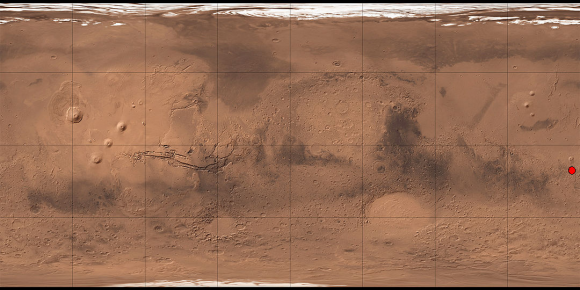
The Gusev Crater is a large crater that formed 3 to 4 billion years ago. It’s an old crater lake bed, with sediments up to 3,000 feet thick. Gusev also has exposed rock formations which show evidence of layering. A system of water channels called Ma’adim Vallis flows into Gusev, which could account for the deep sediments.
When it comes to evidence for the existence of life on Mars, and on early Earth, researchers often focus on hydrothermal spring deposits. These deposits can capture and preserve the biosignatures of early life. You can’t find evidence of ancient life just anywhere because geologic processes erase it. This is why El Tatio has received so much attention.
It’s also why formations at Gusev have received attention. They appear to have a hydrothermal origin as well. Their relation to the rocks around them support their hydrothermal origin.
El Tatio in Chile is a hard-to-find combination of extremely high UV, low rainfall, high annual evaporation rate, and high elevation. This makes it an excellent analog for Mars.
The Mars-like conditions at El Tatio make it rather unique on Earth, and that uniqueness is reflected in the rock deposits and structures that it produces. The most unique ones may be the biomediated silica structures that resemble the structures in Gusev. This resemblance suggest that they have the same causes: hydrothermal vents and biofilms.
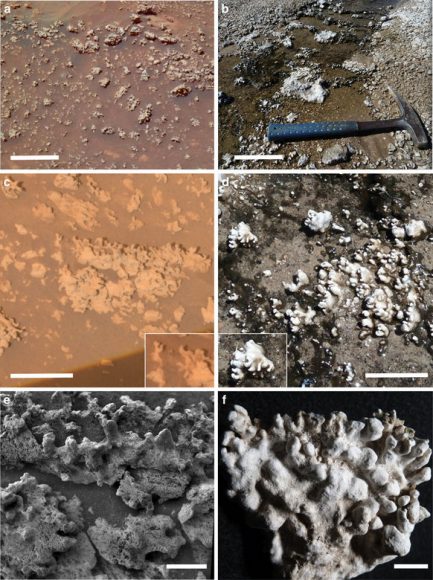
Biomediated Structures?
The rock structures at El Tatio are typically covered with very shallow water that supports bio-films and mats comprised of different diatoms and cyanobacteria. The size and shape of the structures varies, probably according to the variable depth, flow velocity, and flow direction of the water. The same variations are present at Gusev on Mars. This begs the question, “Could the structures at Gusev also have a biological cause?”
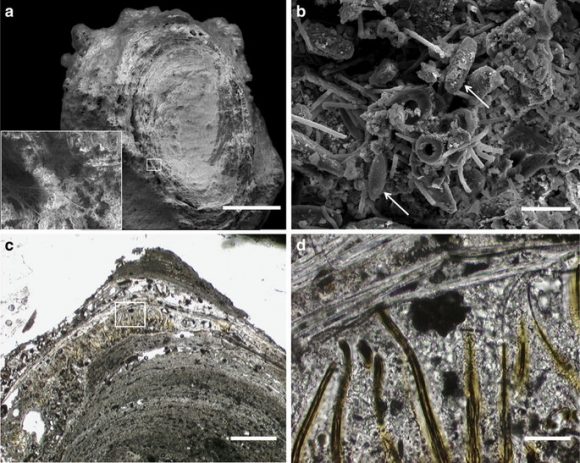
Luckily, we have a rover on Mars that can probe the Gusev formations more deeply. Spirit used its Miniature Thermal Emission Spectrometer (Mini-TES) to obtain spectra of the Gusev formations. These spectra confirmed the similarity to the terrestrial formations at El Tatio.
Spirit was helpful in other ways. The rover has one inoperable wheel, which drags across the Martian surface, disrupting and overturning rock structures. Spirit was intentionally driven across the Gusev formations, in order to overturn and expose fragments. Then, Spirit’s Microscopic Imager was trained on those fragments.
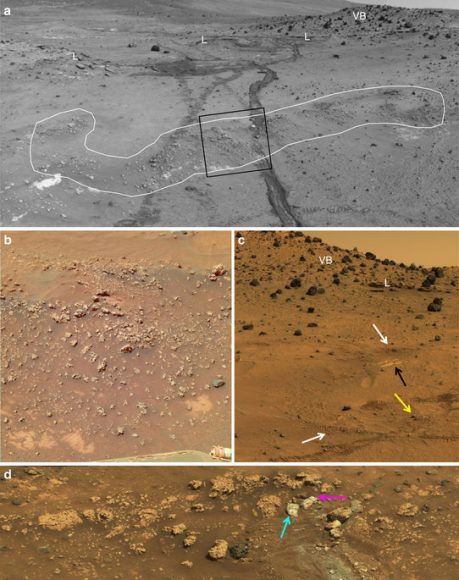
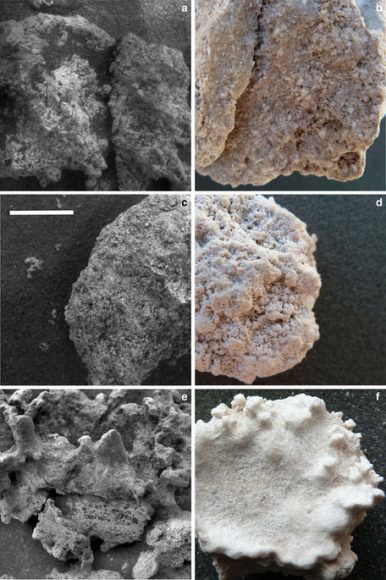
Unfortunately, Spirit lacks the instrumentation to look deeply into the internal microscale features of the Martian rocks. If Spirit could do that, we would be much more certain that the Martian rocks were partly biogenic in origin. All of the surrounding factors suggest that they do, but that’s not enough to come to that conclusion.
This study presents more compelling evidence that there was indeed life on Mars at some point. But it’s not conclusive.

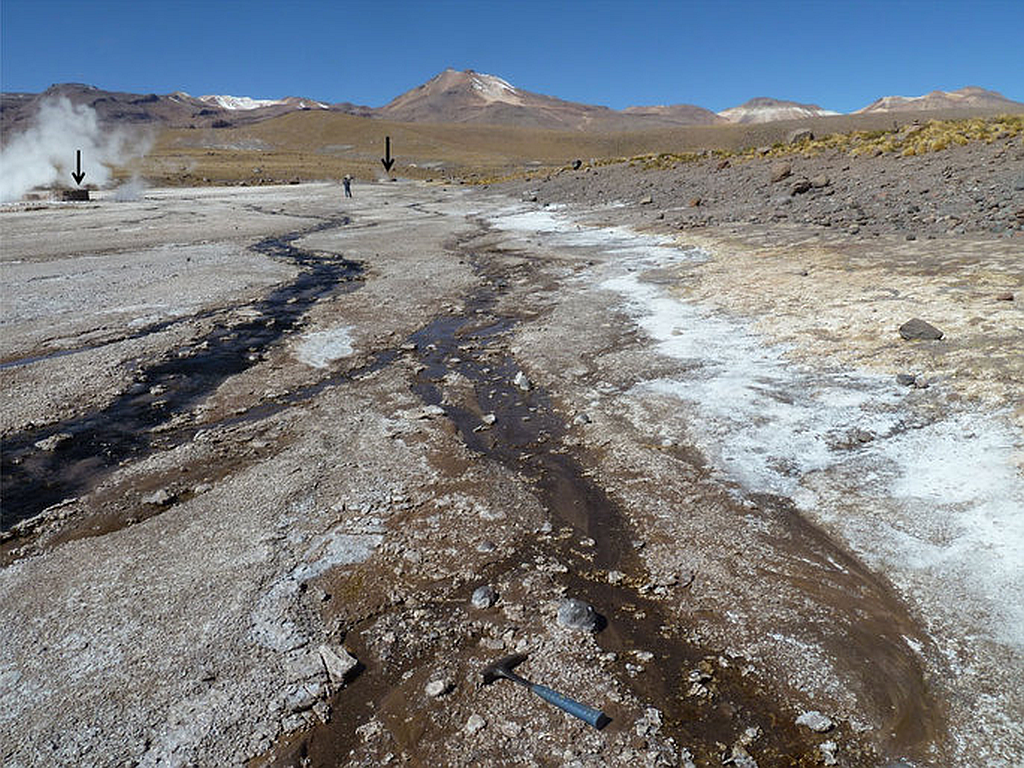
With Curiosity’s similar MISS fossil candidate [ http://www.astrobio.net/mars/potential-signs-ancient-life-mars-rover-photos/ , http://online.liebertpub.com/doi/abs/10.1089/ast.2014.1218?journalCode=ast ], that makes the 2nd (as far as I know) hypothesis of possible fossils on Mars.
Promising, at least as far as sample return target selection goes.
Nitpick: The tempos mode of the article suggests otherwise, but Spirit is no more. He has ceased to be. ‘E’s expired and gone off the air. ‘E’s a stiff. Bereft of life, ‘e rests in rusty pieces.
Ironically it was a concealed fossil hydrothermal vent that did Spirit in.